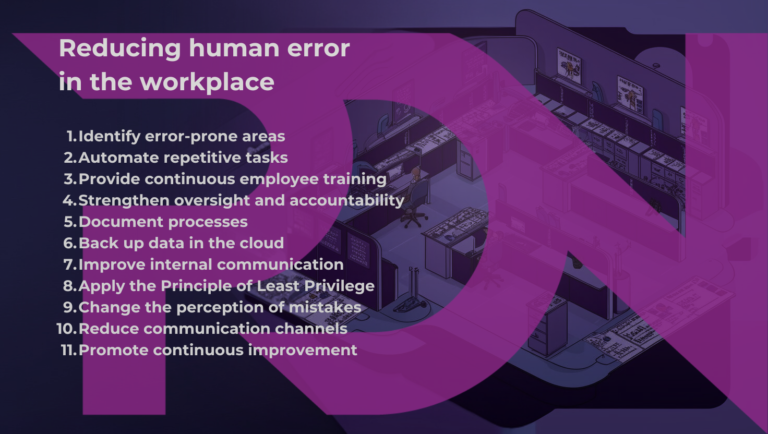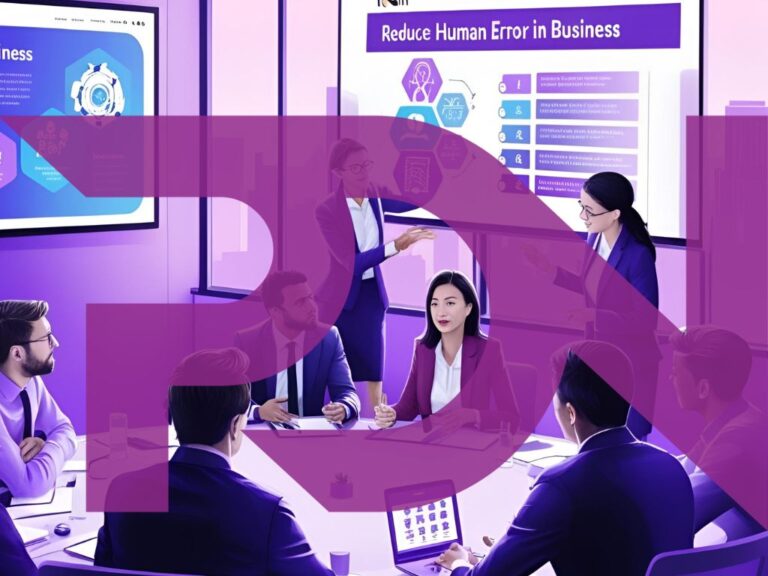We saw in the first part of our article why humans can be considered the weakest link in cybersecurity. Faced with the numerous human-induced vulnerabilities, it is imperative to implement appropriate solutions to manage risks as effectively as possible. Cyber-attacks exploiting human error are constantly on the increase, making it necessary to have a robust protection strategy adapted to new technological challenges.
What are the solutions for strengthening cybersecurity in the face of human vulnerabilities?
One of the most effective ways of reducing the human impact of cybersecurity is to invest in user training and awareness.
By identifying employees’ vulnerabilities, it becomes possible to adapt training courses and improve responsiveness to cyberthreats.
Implementing strict protocols reduces the risk of human error. Essential measures include
Regular auditing of security policies is also essential to detect and correct potential vulnerabilities before they are exploited.

Shadow IT – the use of tools and software not approved by the IT department – is a major threat to corporate security. Rather than fighting this phenomenon without offering viable alternatives, companies need to offer flexible, secure solutions to meet employees’ needs. These solutions include
Companies need to take a proactive approach to cyber attacks by investing in advanced detection systems:
A rapid and effective response to a cyber-attack can limit the impact of a security breach and ensure a smooth recovery.
Cybersecurity shouldn’t just be the responsibility of the IT department. It is crucial to create an organizational culture in which every employee feels responsible for data protection.
By combining these different solutions, companies can reduce the risks linked to human vulnerabilities and reinforce their cybersecurity posture in the face of a constantly evolving threat environment.

Join us in April for our new theme. In the meantime, if you have a film, series, software or e-book to protect, don’t hesitate to call on our services by contacting one of our account managers; PDN has been a pioneer in cybersecurity and anti-piracy for over ten years, and we’re bound to have a solution to help you. Enjoy your reading, and see you soon!
Share this article